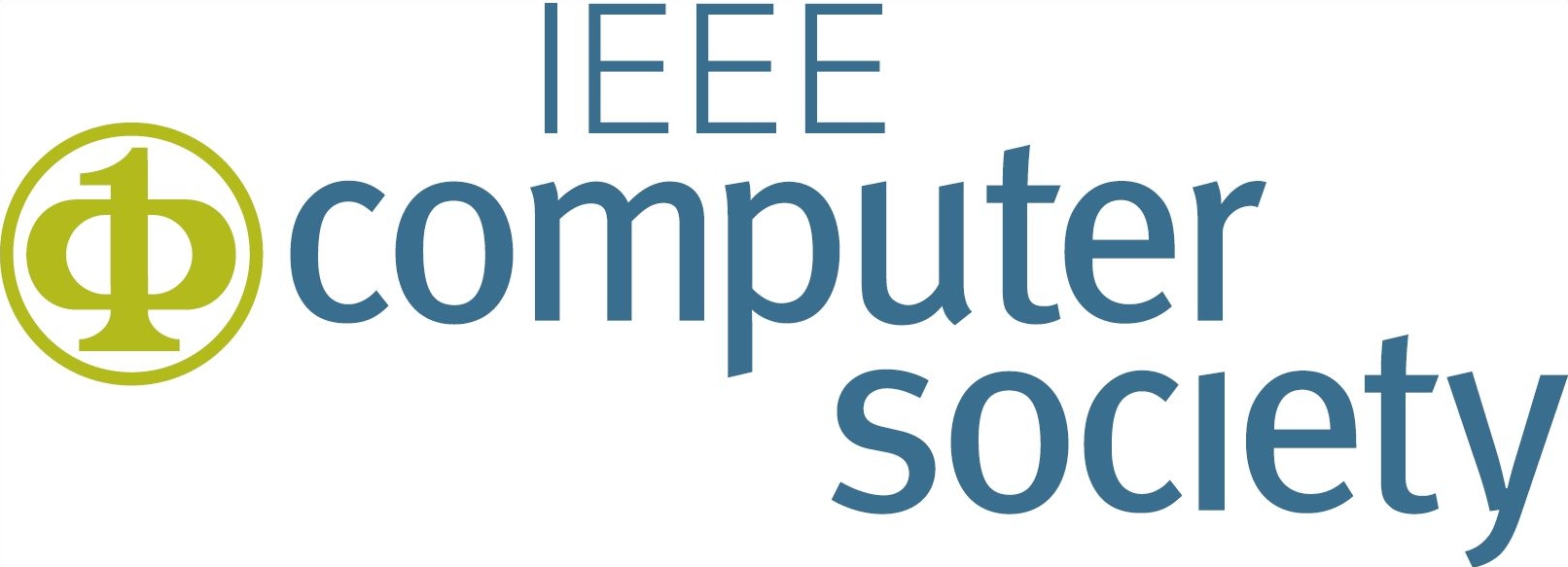





ISMAR Papers Sessions
S1 - Spatial and Handheld Augmented Reality
Session Chair: Jason Orlosky
[abstract▼] [details] [BibTeX▼]
[abstract▼] [details] [BibTeX▼]
[abstract▼] [details] [BibTeX▼]
[abstract▼] [details] [BibTeX▼]
S2 - Capture and Reconstruction
Session Chair: Rob Lindemann
[abstract▼] [details] [BibTeX▼]
[abstract▼] [details] [BibTeX▼]
[abstract▼] [details] [BibTeX▼]
[abstract▼] [details] [BibTeX▼]
S3 - Tracking and Calibration
Session Chair: Alexander Plopski
[abstract▼] [details] [BibTeX▼]
[abstract▼] [details] [BibTeX▼]
[abstract▼] [details] [BibTeX▼]
[abstract▼] [details] [BibTeX▼]
[abstract▼] [details] [BibTeX▼]
S4 - Situation and Spatial Awareness
Session Chair: Ed Swan
[abstract▼] [details] [BibTeX▼]
[abstract▼] [details] [BibTeX▼]
[abstract▼] [details] [BibTeX▼]
[abstract▼] [details] [BibTeX▼]
[abstract▼] [details] [BibTeX▼]
S5 - Human Vision
Session Chair: Yuta Itoh
[abstract▼] [details] [BibTeX▼]
[abstract▼] [details] [BibTeX▼]
[abstract▼] [details] [BibTeX▼]
[abstract▼] [details] [BibTeX▼]
S6 - Perception and Interaction
Session Chair: Dennis Kalkofen
[abstract▼] [details] [BibTeX▼]
[abstract▼] [details] [BibTeX▼]
[abstract▼] [details] [BibTeX▼]
[abstract▼] [details] [BibTeX▼]
[abstract▼] [details] [BibTeX▼]
S7 - Applications and Reviews
Session Chair: Stefanie Zollmann
[abstract▼] [details] [BibTeX▼]
[abstract▼] [details] [BibTeX▼]
[abstract▼] [details] [BibTeX▼]
[abstract▼] [details] [BibTeX▼]
[abstract▼] [details] [BibTeX▼]
S8 - VR/MR Experiences
Session Chair: Ian Williams
[abstract▼] [details] [BibTeX▼]
[abstract▼] [details] [BibTeX▼]
[abstract▼] [details] [BibTeX▼]
[abstract▼] [details] [BibTeX▼]
[abstract▼] [details] [BibTeX▼]

















